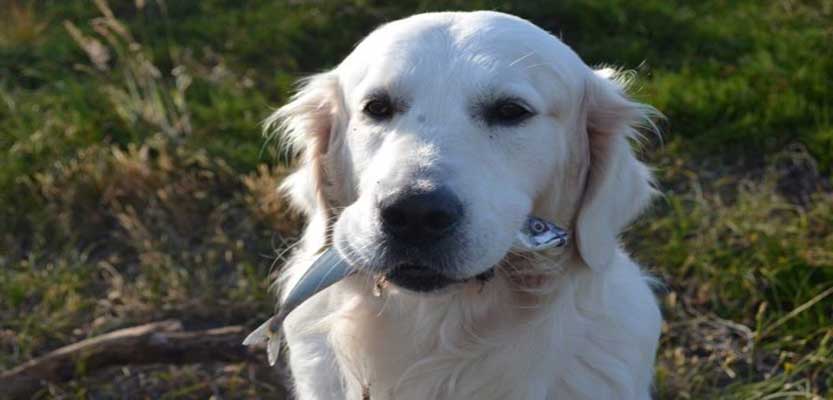
Dogs enjoy eating fish, with tuna being their favorite. If one day you leave a can of tuna fish open and it disappears in an instant, you may wonder if tuna is safe for dogs. Can dogs consume tuna in a can? We will attempt to answer this question in the following sections.
The advantages of feeding a dog tuna
Fish consumption is advantageous for both humans and animals. Tuna has a high protein content, which is the first benefit it provides. Tuna is high in protein, so feeding it to your dog will help them get enough protein in their diet.
Tuna also provides a variety of other proteins, such as omega-3. This protein can help your dog maintain a healthy coat by preventing inflammation and itchiness. Omega-3 fatty acids and proteins are required for a healthy dog because these two proteins influence blood pressure and cardiovascular health.
Additionally, tuna fish is rich in the following vitamins:
- vitamins B, which includes B3, B6, and B12. These vitamins will provide vitality.
- Magnesium aids neuromuscular transmission and reduces stress.
- potassium is required to maintain normal cell, nerve, and muscle function.
- antioxidants cleanse the body with selenium.
- Vitamin D helps maintain healthy bones.
To answer the question, yes, tuna is healthy for dogs. Theoretically, yes, but as you will see, this is not so straightforward.
Which tuna is appropriate for dogs?
There are more than twenty distinct species of tuna in the oceans. However, only five of them are caught for human consumption. You may occasionally wonder whether albacore tuna or yellowfin tuna is healthy for dogs.
As previously stated, five species are caught for human consumption: yellowfin, albacore, bigeye, Bluefin, and skipjack. Some are extremely beneficial for dogs, while others are not.
After consuming tuna, mercury poisoning is the most significant risk. Everywhere in the ocean’s depths, mercury is present. The largest tuna species, such as Bluefin and Bigeye, carry significantly more mercury than the others because they reside there for the majority of their lives. To feed your dog tuna, you might choose albacore or skipjack because they live at the surface and are therefore less susceptible to mercury poisoning.
How should dogs be fed tuna?
As stated, tuna can be both beneficial and harmful for dogs. You will need to space out your dog’s tuna feedings in order to protect him. The frequency of feeding with tuna is extremely significant. Tuna is beneficial for dogs if the following guidelines are followed.
You will need to limit the amount of tuna your dog can consume based on its weight.
- Once every three weeks for most species of tuna and once every ten weeks for albacore, you can feed a 20-pound dog an entire can of tuna.
- A 40-pound dog, which is a medium-sized dog, can receive an entire can every 9 or 10 days. If you wish to feed your medium-sized dog albacore, you will need to do so every four weeks.
- A full can of tuna once every five days should be sufficient for a large dog weighing at least 90 pounds.
- A dog weighing over 150 pounds, which is an extra-large dog, can be fed tuna every three days and albacore every nine days.
What varieties of tuna can a dog consume?
The last thing you should consider is what kind of tuna you can serve. Can a dog eat canned tuna? Or raw seafood? We will respond to these questions.
First, we will address the final question: can a dog consume raw fish? You should never feed your dog raw fish, including tuna or any other species. Multiple bacteria and parasites found in raw fish can be harmful to your dog. Fish poisoning can be fatal for your dog if not treated. The enzyme thiaminase found in raw tuna will render your dog inactive.
In contrast, canned tuna and cooked tuna are delicious. Both contain cooked tuna, and we all know that cooking eliminates all bacteria in food. The safest solution for your dog is canned tuna. If you adhere to the previous instructions, your dog will have no problems.
